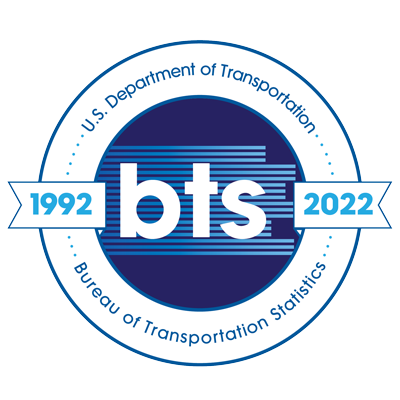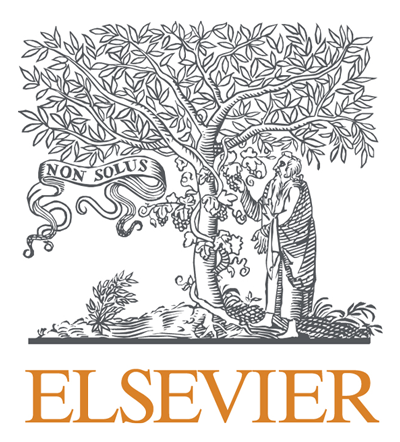Bridging the Gap: Dialogue as a Space of Education
Topics:
Keywords: education, schools, youth, segregation, dialogue
Abstract Type: Paper Abstract
Authors:
Lauren Ashby, Syracuse University
,
,
,
,
,
,
,
,
,
Abstract
The city of Syracuse is home to New York’s most segregating school district border (Edbuild, 2016). While attention is paid to disparities in resources and test scores between urban and suburban schools, educational segregation is felt and discussed outside of formal academic spaces. An examination of these spaces outside of and beyond schools is urgent in understanding the broader fabric of educational inequity (Holloway et al., 2010). In this paper, I discuss my ethnographic exploration of the Common Ground Dialogue* (CGD) program as an educational space outside of, but intimately connected, the public school system in and around Syracuse, NY. CGD brings together students from urban and suburban high schools in the area to discuss topics such as race, privilege, and school perception over the course of 5 sessions. I explore how student participants and adult facilitators in this comparative educational space navigate issues of agency, shame, and empowerment as students broach difficult themes across divided geographic boundaries and very different material realities. I argue that the CGD program, much like schools themselves, is a multiple (Mol, 2003) place, with varied impact on students holding a wide range of identities. Additionally, programs like CGD must grapple with existing, and reinforceable, notions of shame and stigma associated that are often associated with ‘underperforming’ schools (see Drake 2019). While schools function as sites of social reproduction (Collins & Coleman, 2008), it is important to consider how programs like CGD may reproduce or challenge existing norms in education.
Bridging the Gap: Dialogue as a Space of Education
Category
Paper Abstract








